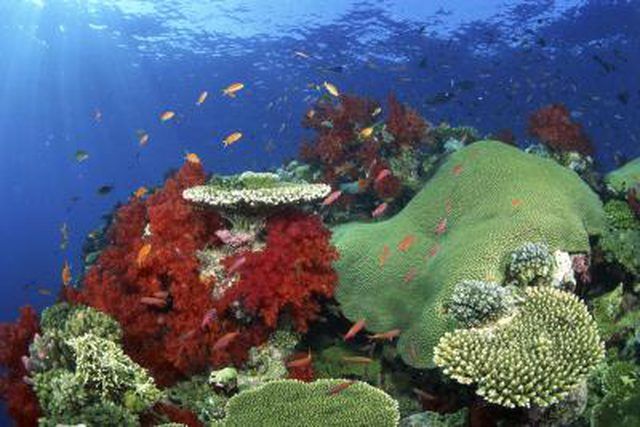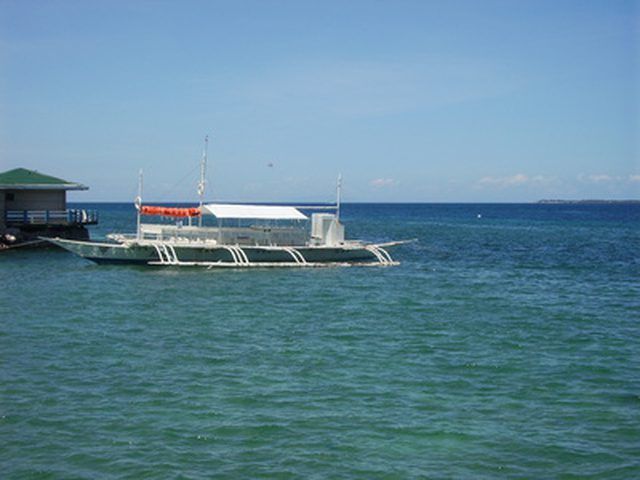Bulbs
Flower Basics
Flower Beds & Specialty Gardens
Flower Garden
Garden Furniture
Garden Gnomes
Garden Seeds
Garden Sheds
Garden Statues
Garden Tools & Supplies
Gardening Basics
Green & Organic
Groundcovers & Vines
Growing Annuals
Growing Basil
Growing Beans
Growing Berries
Growing Blueberries
Growing Cactus
Growing Corn
Growing Cotton
Growing Edibles
Growing Flowers
Growing Garlic
Growing Grapes
Growing Grass
Growing Herbs
Growing Jasmine
Growing Mint
Growing Mushrooms
Orchids
Growing Peanuts
Growing Perennials
Growing Plants
Growing Rosemary
Growing Roses
Growing Strawberries
Growing Sunflowers
Growing Thyme
Growing Tomatoes
Growing Tulips
Growing Vegetables
Herb Basics
Herb Garden
Indoor Growing
Landscaping Basics
Landscaping Patios
Landscaping Plants
Landscaping Shrubs
Landscaping Trees
Landscaping Walks & Pathways
Lawn Basics
Lawn Maintenance
Lawn Mowers
Lawn Ornaments
Lawn Planting
Lawn Tools
Outdoor Growing
Overall Landscape Planning
Pests, Weeds & Problems
Plant Basics
Rock Garden
Rose Garden
Shrubs
Soil
Specialty Gardens
Trees
Vegetable Garden
Yard Maintenance
Elephant Ear Sponge Facts
Elephant Ear Sponge Facts. Sponges are members of the Porifera phylum, which contains over 5,000 species of aquatic organisms. Although they resemble plants, sponges are members of the Animal kingdom. These strange creatures are typified by their systems of pores and canals through which water flows.

Sponges are members of the Porifera phylum, which contains over 5,000 species of aquatic organisms. Although they resemble plants, sponges are members of the Animal kingdom. These strange creatures are typified by their systems of pores and canals through which water flows.
Description
Most sponges live in the ocean, although a few live in freshwater. Among the marine sponges is the elephant ear sponge (Agelas clathrodes). When living, this sponge is a brilliant orange shade on the outside and light orange within. Its massive, compressed form rises from a narrow base. This sponge's outer skin is fleshy and rough to the touch. It can grow to widths of 13 inches.
Range
The elephant ear sponge inhabits coral reefs in the Gulf of Mexico and the Caribbean Ocean. Specimens have been observed in Barbados, Belize, the Cayman Islands, Colombia, Costa Rica, Cuba, Haiti, Jamaica, Mexico, Panama and Venezuela.

Uses
Elephant ear sponges are utilized for decorative purposes in saltwater aquariums. They are also harvested and dried for use by painters and other artisans, who prize them for their texture.